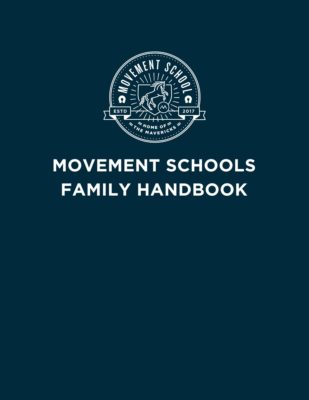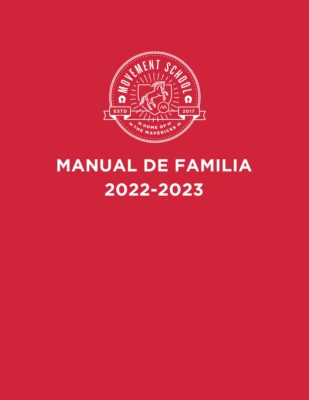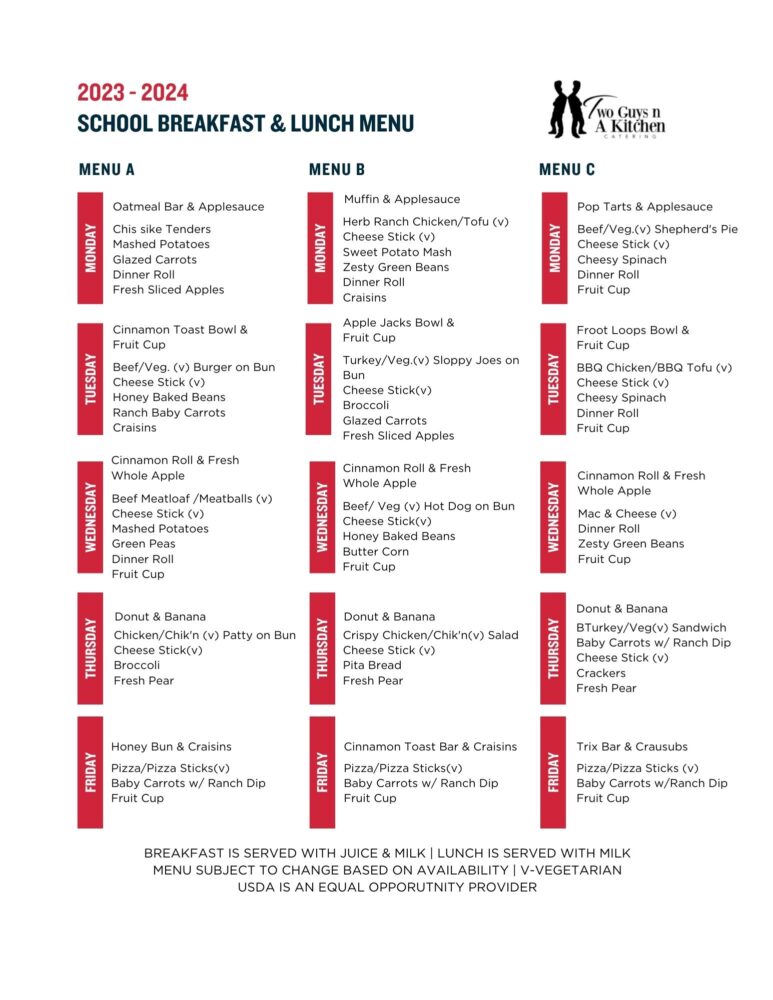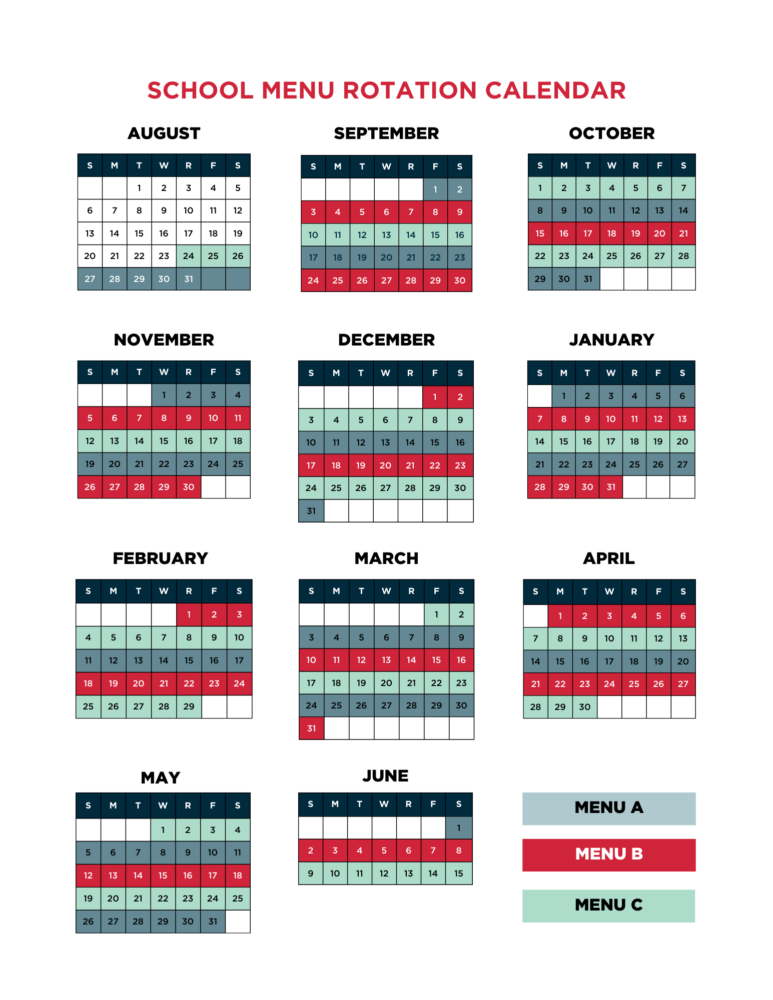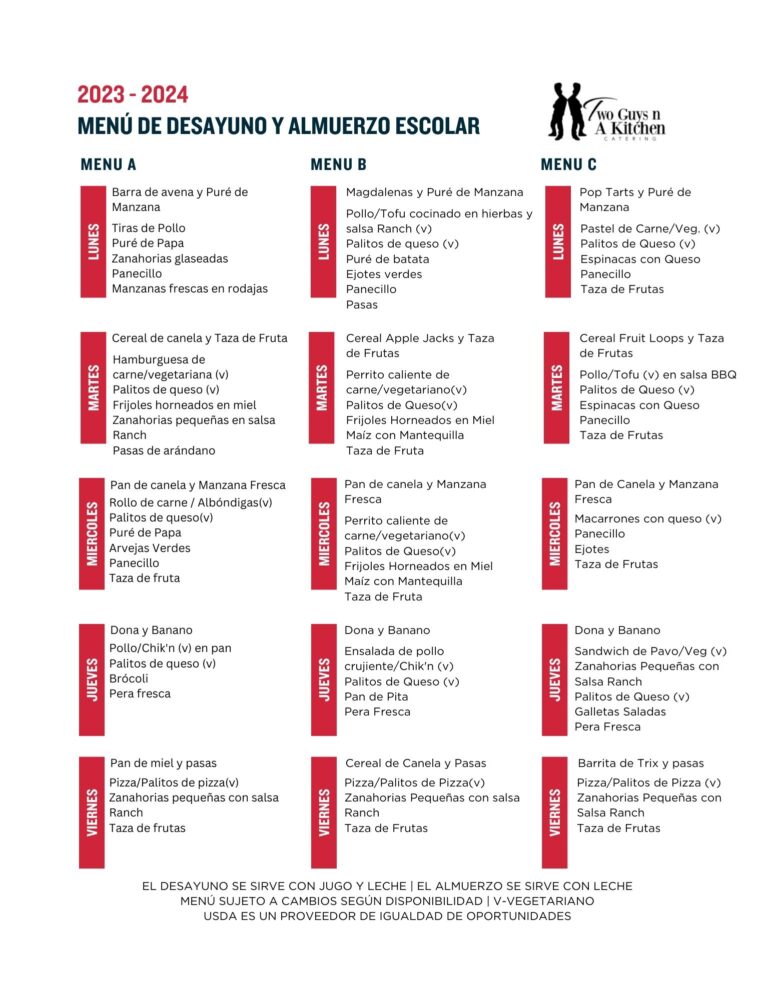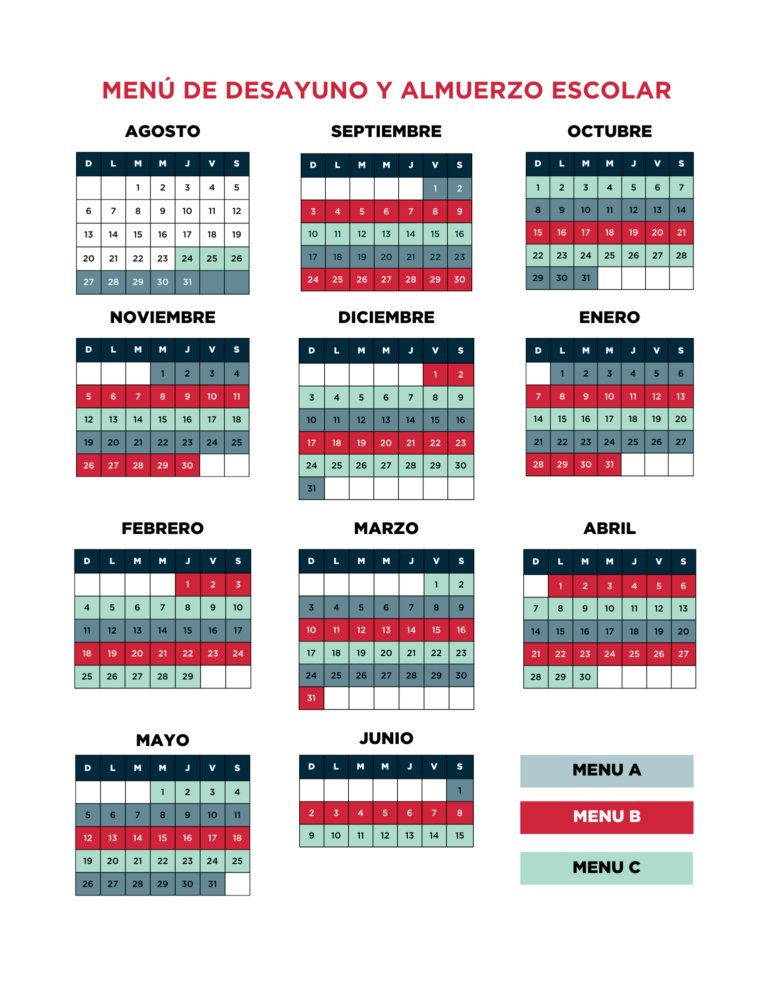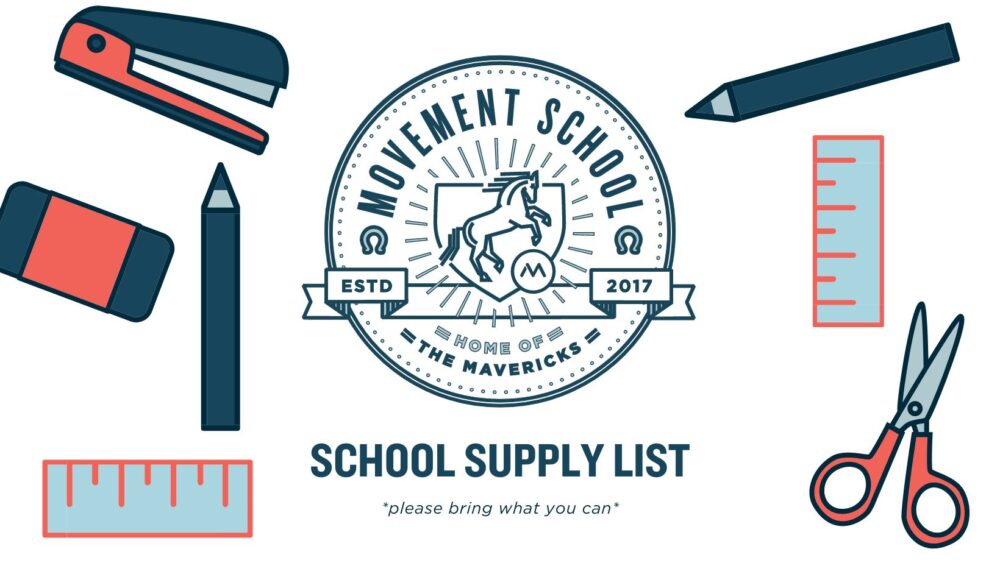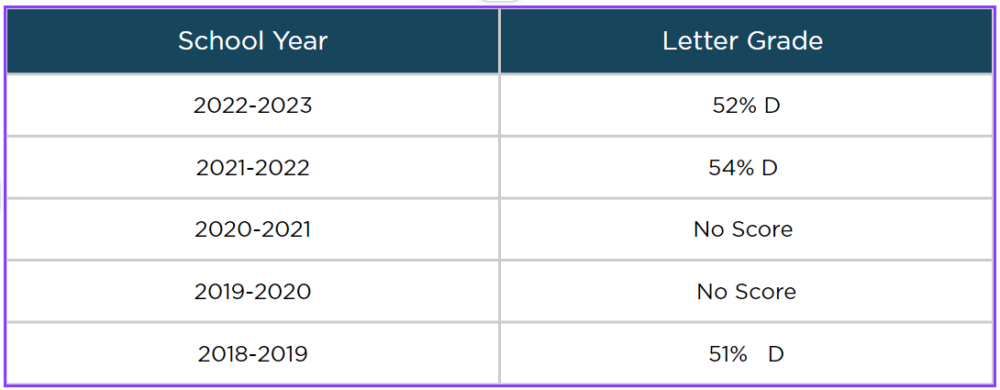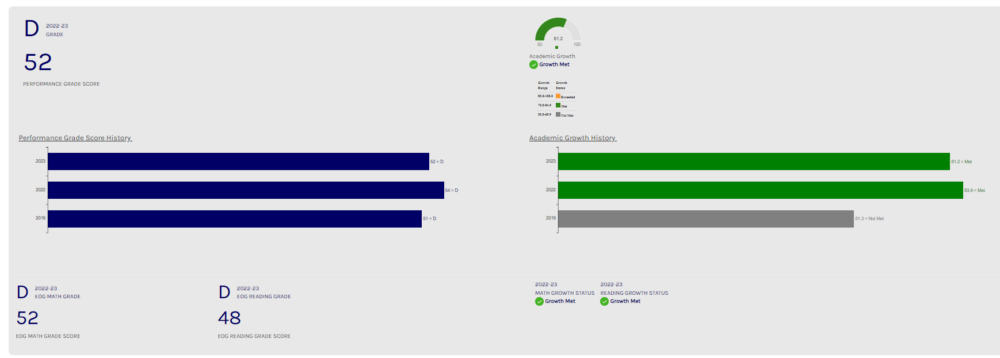Home / Resources

Multi-Tiered System of Supports
About MTSS
The Integrated Academic and Behavior Systems Division at North Carolina Department of Public Instruction supports the implementation and sustainability of a Multi-Tiered System of Supports (MTSS). MTSS is a multi-tiered framework which promotes school improvement through engaging, research-based academic and behavioral practices. NC MTSS employs a systems approach using data-driven problem solving to maximize growth for all. The agency’s vision for MTSS is that every North Carolina pre-kindergarten-12th grade public education system implements and sustains all components of a Multi-Tiered System of Support to ensure college, career and community readiness for all students.
The Movement School MTSS District Implementation Team will provide support for total school improvement by providing professional development, coaching, and visibility that helps to promote college, career, and community readiness for all students. Movement School in conjunction with IABS believes that MTSS is the most effective and efficient approach to improving school outcomes and student performance thereby ensuring equitable access to a sound basic education.
MTSS Mission
NCDPI will prepare and support LEAS to implement a multi-tired system of support for total school improvement by providing professional development, coaching and technical assistance, research and evaluation, and communication and visibility that results in college, career and community readiness for all students. NCDPI believes that MTSS is the most effective and efficient approach to improving school outcomes and student performance thereby ensuring equitable access to a sound basic education.
The implementation of this mission through the collaborative efforts across the NC DPI will allow each district and charter school to develop a Multi-Tiered System of Support in each of their school buildings, to ensure every student has equitable opportunity to graduate from high school prepared for further education, work, and citizenship. MTSS is built on a strong foundation of six critical components, which have been vetted through North Carolina practitioners and the North Carolina Department of Public Instruction.
MTSS Vision
Every NC Pre K-12 public education system implements and sustains all components of a multi-tired system of support to ensure college, career and community readiness for all students.
6 Components of MTSS
Leadership
The building principal, assistant principal(s), and school leadership team are critical to implementing MTSS at the school level. They engage staff in ongoing professional development for implementing MTSS, plan strategically for MTSS implementation, and model a problem-solving process for school improvement. The school principal also supports the implementation of MTSS by communicating a vision and mission to school staff, providing resources for planning and implementing instruction and intervention, and ensuring that staff have the data needed for data-based problem-solving.
Building Capacity / Infrastructure For Implementation
School-wide capacity and infrastructure are required in order to implement and sustain MTSS. This capacity and infrastructure usually include ongoing professional development and coaching with an emphasis on data-based problem-solving and multi-tiered instruction and intervention, scheduling that allows staff to plan and implement instruction and intervention, and processes and procedures for engaging in data-based problem-solving.
Communication & Collaboration
Ongoing communication and collaboration are essential for successful implementation of MTSS. Many innovations fail due to a lack of consensus, lack of feedback to implementers to support continuous improvement, and not involving stakeholders in planning. In addition to including stakeholders in planning and providing continuous feedback, it is also important to build the infrastructure to communicate and work with families and other community partners. These practices increase the likelihood that innovative practices will be implemented and sustained.
Data-Evaluation
Given the importance of data-based problem-solving within an MTSS model, the need for data and evaluation system is clear. In order to do data-based problem-solving, school staff need to understand and have access to data sources that address the purposes of assessment. Procedures and protocols for administering assessments and data use allow school staff to use student data to make educational decisions. In addition to student data, data on the fidelity of MTSS implementation allow school leadership to examine the current practices and make changes for improving MTSS implementation.
Data-Based Problem Solving
The use of data-based problem-solving to make education decisions is a critical element of MTSS implementation. This includes the use of data-based problem-solving for student outcomes across content areas, grade levels, and tiers, as well as the use of problem-solving to address barriers to school-wide implementation of MTSS. While several models for data-based problem-solving exist, the four-step problem-solving approach includes: 1) defining the goals and objectives to be attained, 2) identify possible reasons why the desired goals are not being attained, 3) developing a plan for implementing evidence-based strategies to attain goals, 4) evaluating the effectiveness of the plan.
Three-Tiered Instruction / Intervention Model
The three-tiered instructional/intervention model is another critical element of MTSS implementation. In a typical system, Core (Tier 1) includes the instruction all students receive; Supplemental (Tier 2) includes additional instruction or intervention provided to students not meeting benchmarks; and Intensive (Tier 3) includes intense, small group, or individual interventions for students showing significant barriers to learning the skills required for school success. It is important to consider both academic and social-emotional/behavioral instruction and interventions when examining this domain.

